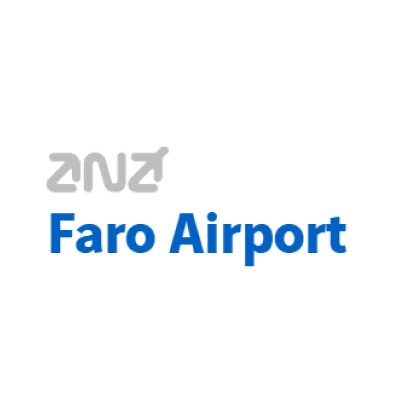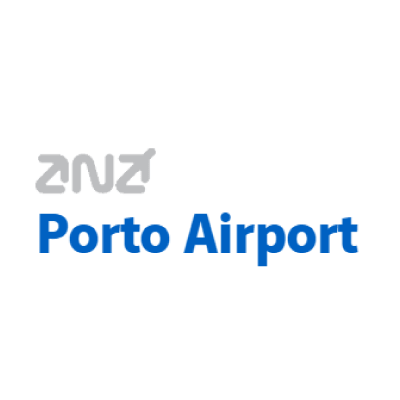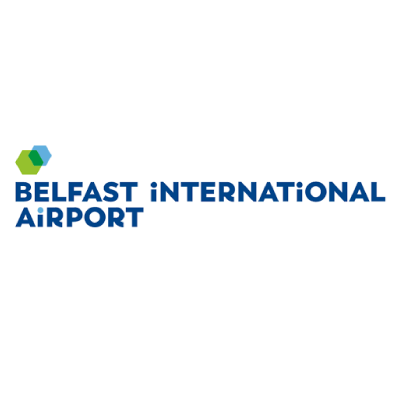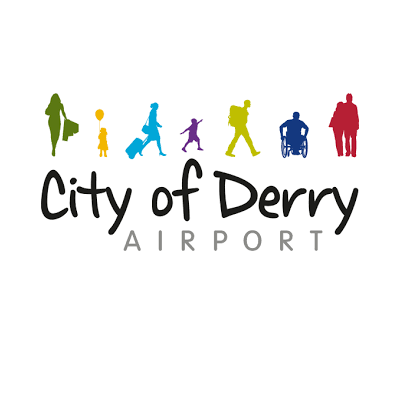Brand messaging is the term used to describe any communication through which a customer relates to a brand. It plays a pivotal role in influencing consumer buying decisions by motivating, inspiring, informing, and incentivizing them.
In today’s expanding airport landscape, where ecommerce and digital consumers are on the rise, the significance of brand messaging has reached new heights. Strong brand messaging is an integral part of an airport’s overall brand strategy and positioning. Without it, it becomes increasingly challenging to distinguish your airport’s offerings in an increasingly competitive market.
But what exactly is brand messaging?
Not to be confused with social media messaging, which serves as a distinct function in modern customer service, brand messaging encompasses the core idea all your marketing content revolves around. It shapes your taglines, mission statements, logos, ad slogans, headlines, sales pitches, and copy, ensuring consistent communication with your target audience.
Well-known brands often exemplify their messaging through taglines that encapsulate the connection between the brand and its customers. For instance, think of Disneyland’s “The Happiest Place on Earth”, eBay’s “The world’s online marketplace,” and Nokia’s “Connecting people.” While they may appear as catchy one-liners, these taglines sum up the entire array of ideas that link the brand with its customers. In just a few words, the brand message captures the essence of the brand.
According to Marq (formerly LucidPress), a brand is the culmination of impressions a customer has gathered from every interaction with your company, products, and services. This is why 89% of B2B marketers say brand awareness is the most important goal, and over 70% of brand managers believe that building an audience holds greater value than direct sales.
Choosing a brand message for your airport
Determining your airport’s brand message may initially seem like a straightforward task, but it involves considering various factors. Your messaging should provide the words that enable your passengers to comprehend your services, values, and aspirations. It should serve as the foundation for every marketing campaign across various platforms.
To consolidate your messaging, it’s crucial to examine your airport brand from three perspectives: the customer, the insider, and the competitor.
Customer insight: The most effective way to understand your customers’ needs is by seeking their input. Your airport likely possesses valuable data from surveys, market research, feedback emails, and reviews that can help identify customer pain points. This enables you to shape your messaging from a customer-centric standpoint.
Insider information: As an airport insider, envision where you see your brand in one year, five years, or ten years. Use this vision to guide your brand messaging.
The competitor’s viewpoint: Identify the key aspects that differentiate your airport brand from its closest rivals. Do you offer something unique and valuable that sets you apart? How do you bring value to your passengers?
Effective brand messages are concise and convey essential elements of your airport’s identity. They excel at communicating complex concepts in a simple, memorable way. The goal is to capture the attention of potential passengers and leave a lasting impression.
Refining your message until it is sharp and focused is of utmost importance. After all, if your messaging fails to make you visible, memorable, and desired, what purpose does it serve? It is vital for all your airport messaging to resonate with aspects of your brand that are relevant to the customer.
Crafting compelling messages that pack a punch
If your airport is looking to distinguish itself from others in the industry, one approach is to consider designing a tagline or campaign that highlights your unique qualities. For instance, take inspiration from comparative slogans like Kwik Fit’s “You can’t get better than a Kwik Fit fitter” or Gillette’s “The best a man can get.” These taglines exemplify how concise, yet powerful messaging can tell a compelling story.
Creating impactful messages doesn’t necessarily mean relying on ad slogans alone. You can leverage website headlines or content to communicate specific benefits or unique characteristics of your airport services.
If your airport caters to multiple audiences, such as B2B and B2C customers, it is essential to create messages that address the distinct needs of each group. Although there may be overlaps, certain aspects of your operations will be more meaningful to one audience compared to the other.
Tips for aligning your messaging for airport brands
While messaging is an integral part of your brand, it should be distinguished from your page copy. Essentially, messaging serves as a means to convey concepts rather than presenting factual information.
There are different ways to accomplish this. You can overtly communicate your messaging through headings, ad slogans, taglines, or text. Alternatively, you can imply it through visual imagery and context. Moreover, you can effectively convey your messaging by delivering on your brand’s promises, guiding passengers and prospects along a tailored customer journey, meeting their needs on their own terms, and providing them with relevant information to facilitate their purchasing decisions.
It’s crucial to recognize that travel customers, as demonstrated in destination marketing campaigns, make buying decisions based on both emotions and facts. Therefore, your messaging should resonate with both of these elements as customers progress through their booking journey.
When designing your messaging, consider the following:
While messaging should permeate throughout your brand, it should be distinguished from page copy. Essentially, messaging is a way of conveying concepts, while page copy focuses on providing factual information.
1. Emotional messaging: Evoke excitement and anticipation about booking with your airport. Exeter Airport’s slogan, “Wish you were there?” exemplifies this, as it taps into aspirations and hints at the world of destinations accessible from the regional hub.
2. Importance to customers: Identify what matters most to your airport’s customers. Why do you offer the specific services you provide? What are your core values?
3. Product messaging: Communicate your airport’s day-to-day operations and the value you offer. Exeter Airport captures this essence with the slogan “Fly Local,” conveying convenience, personalized service, and a wide range of destinations.
4. Intellectual messaging: Highlight the specific aspects of your airport’s products or services that differentiate you from the competition. These messages demonstrate how your airport meets customer needs. London Gatwick’s tagline, “the airport for everyone, whatever your journey,” communicates a wealth of meaning in just a few words: Openness and accessibility, personal service, and meeting the needs of everyone, not just in London.
5. Problem-solving messaging: Help customers identify and overcome barriers they may encounter. Highlight the value of your solutions in terms of products or services offered. Inspire customers to try something new. For example, London Gatwick suggests passengers can “Breeze through security with ease” with Premium Gatwick, addressing a common airport pain point and offering a solution.
Crafting Messages for Different Stages of the Customer Journey
To ensure effective communication with your customers and to provide a seamless airport experience, your messaging should be consistent throughout the entire booking journey. It should also be helpful, supportive, and useful. Let’s take a simplified booking journey as an example to see how messaging can be integrated:
Awareness:
Integrate your brand messaging into all your content to give prospective customers a genuine sense of your brand without explicitly stating it. Consider the emotions your customers experience at this stage and incorporate emotional messages that evoke positive feelings. This is a crucial moment to build excitement and create narratives. Problem-solving messages can address various dilemmas, including holiday destinations, parking, and transportation to the airport. Avoid focusing on specific solutions; instead, demonstrate that you have all the answers.
Consideration:
During the consideration or research stage, ensure your brand messaging is prominently featured in your content. This enables customers to develop a clear understanding of your airport brand. Emotional messaging remains relevant here as well. Use market research and customer feedback to target emotions such as trust, confidence, anticipation, and aspiration. While product messaging takes center stage during this phase, you can still address customer problems. Ensure a smooth transition from problem-solving messages to product messaging, showcasing your understanding of customer needs and their best interests.
Conversion:
When customers reach the crucial booking stage, your brand messaging should remain visibly integrated into the content. This helps customers grasp your brand and provides reassurance. Emotional storytelling at this point should instil confidence in customers about their decision to choose your airport. Customers should feel assured about the services you offer and be satisfied with their choice. Leverage customer feedback, market research, and online reviews to understand their needs, concerns, and expectations.
Armed with this knowledge, you can address customer concerns during the booking process, demonstrating care and nurturing brand loyalty. Problem-solving messages can still be utilized, but now they support the buying decision and reinforce the emotional messaging. By this stage, you likely would have already addressed the customer’s problem.
Your airport partner
The Rezcomm team has unparalleled experience in supporting airports with their marketing and communications – reach out to book a consultation or download our Marketing brochure for more information on how we can support your airport’s marketing needs.






























